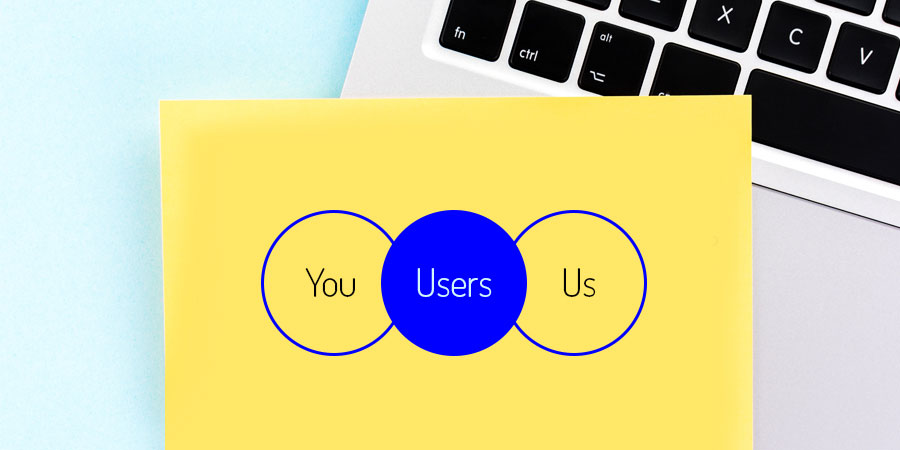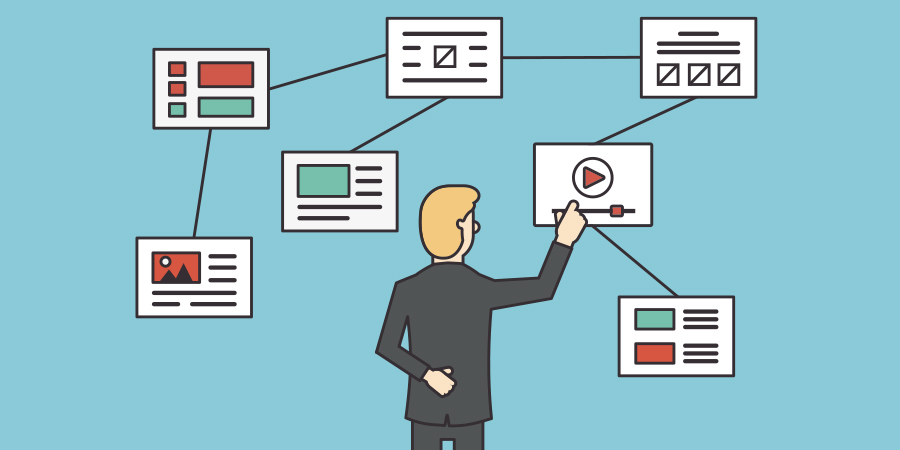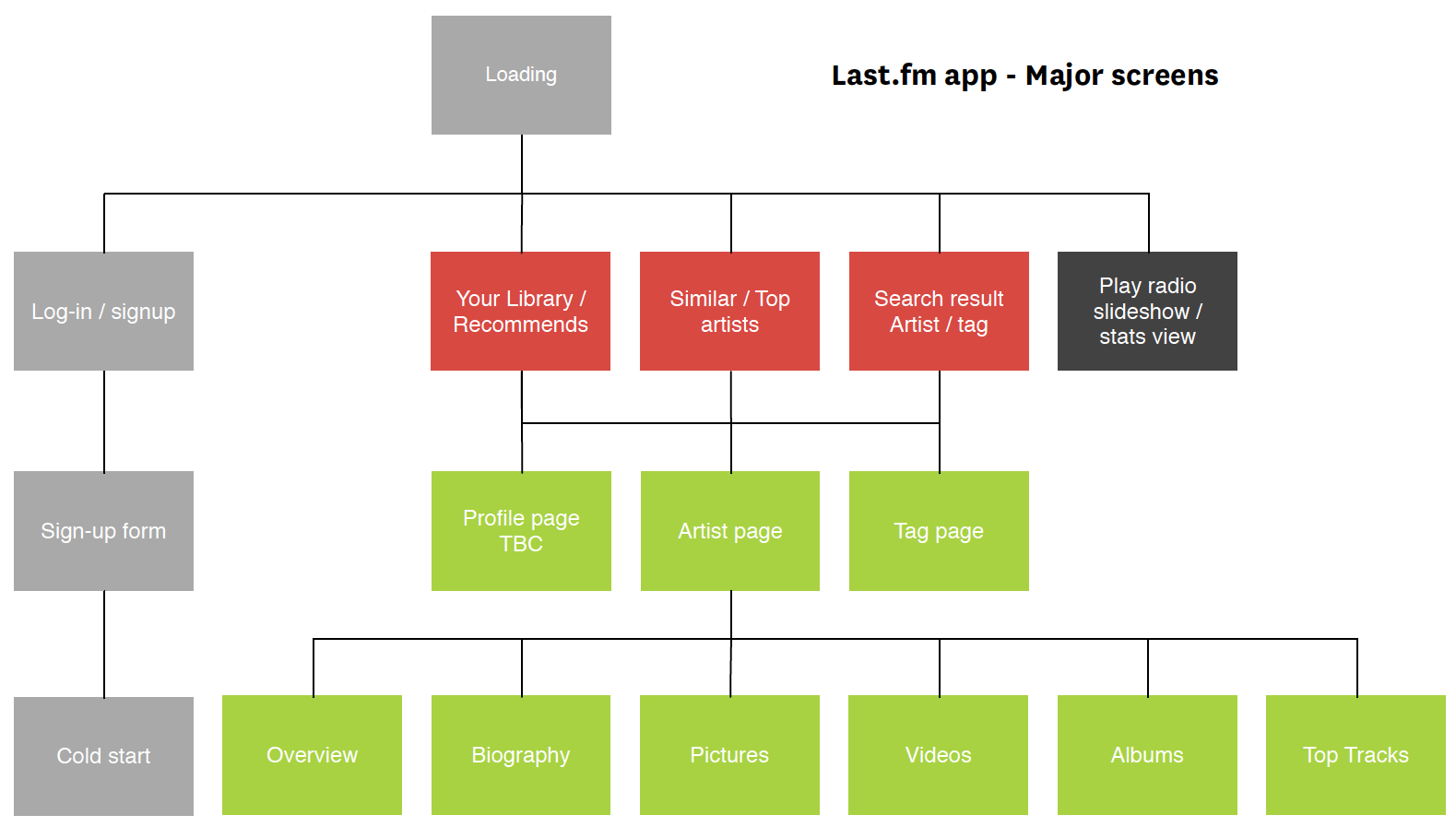2. UX Plan
In my previous article, I explained the UX first step – UX Research. In this article I discussed how to plan UX and create the user personas with User Stories – For User Personas, write down user stories and scenarios now. Create your User’s Flow based on the scenarios you created, this flow will help to create easy to use wireframes on top of each step. Define Red Routes for your product and after this, you can able to identify, arrangement and wipe out any usability problems with key user interaction.
All these steps are part of the UX process and I categorized these steps into 9 steps, I hope you will enjoy this second step. Join our newsletter and we will keep you updated with next steps.
2.1 The User Loop: User Stories

The user has it all. He is the one who rules the roost in the process of design or development in the web sphere. A successful digital project frames a blueprint in the capacity of the client and combines it with the technical know-how of the agency. But there is a gap between the client’s understanding and the digital expertise that needs to be filled in. A link that completes the collaboration of the knowledge exchange with unique solutions. And that central loop is – User. So, a dynamic formula for a roaring web creation is client expertise + user perspective + designer knowledge = wholesome product. Yes, it’s the user’s knowledge that helps to see through. But how to add this quintessential variable to our adept formula? Read on-
- Be familiar with your users. What they are doing? How they are doing? What do they want? What they think, they want? and so on. For all this, you need to communicate with them and use all the knowledge gathered by way of these conversations.
- Make the best use of the observation skills and conduct various usability tests on a personal level and one-on-one basis to get maximum insights that can be used further for the design procedure.
However, getting to know these aspects from the user does not account for the whole of it. To avoid getting confused in the analytical interpretations we need to add narratives that take us to the experience and consequently the outcome. We need to follow certain steps that create a better understanding of this knowledge and leads to fruitful results. These are-
Story Briefs
It is a brief account of the identification of the user’s needs. A user story creates relevance with the personality type that is somewhat similar amongst the members and hence includes a variety of stories associated with one particular group. Such stories highlight the needs that differ from user to user.
Detailed Scenarios
User stories are further elaborated upon through scenarios that include all the details that are worthy of arriving at an outcome. Just like stories, there are huge differences in the scenarios depending upon the audience as well. They should ideally bring a vision of the goals, add clarity and specify all the particulars for the experience.
Case Steps
Use cases are a step-by-step approach to getting things done. It begins with the most significant event that fires up the system and takes in all the other steps that either lead to a successful outcome or a failure.
The Flow Chart
These are kind of a final process show that depicts visual documents on the understandability of the content as well as the communications exchanged throughout the progression. It brings into the picture the stories, scenarios, and cases so that they correspond to the design framework.
All these steps together to aid the process of research and design. It is because of these ways the information can be rightfully assimilated and integrated and further chalked out into workflows for a useful experience.
2.2 Design With a Flow: User Flow

Designers tend to be short-sighted while designing a website. But what they need to understand is that they need to take in the broader vision and consider user experience as a primary factor. Due importance should be given to the user flows that ultimately leads to a more productive outcome not only for the user but for the brand as a whole.
The Principle Factor-User
It is common to go overboard with the technical specifications like brief, standards, etc. in a design project, but what requires the maximum attention are the user objectives that are basic for an interactive experience. It is important to segregate the individual objectives with that of the business so as to lay the foundation of an effective design flow.
Outline the Conversion Funnels
All users are not the same. They are different people from different backgrounds and mindsets. So, making a ground plan for the conversion funnels from the flows will be beneficial for both the users and the business. Let the flows set the pace for the potential traffic and result in lead conversion. A few types of user flows are paid advertising, social media, emails, press items, etc. While designing a funnel, it is important to win the trust of the user by highlighting major benefits and other clear score-overs. Also, structure the design and content to retain the focus. Remove the blocks that divert the user, such as lengthy field inputs, extra clicks, and others to name a few. Let it be a fascinating catch; one that can be only attained after registration.

Stack on the Flows
Stack flows are a bit more comprehensive with regard to the fulfillment of the business goals. These create unified interactive experiences that are more connected and knitted together and also result in favorable conversions for the business. The main agenda while designing these flows is to convert the subscriber into a buyer. The flow should be crafted in such a manner that it narrates a visual story to the subscriber which he can relate and want to be associated with. Emails giving proofs of the points stated through the story should be sent to the users so as to make it all the more convincing. Further, persuading calls to action can establish a strong relationship with the story. Let there be open ways for the user to explore the internal content as well as the blog posts without any hurdles so as to reinforce the confidence of the buyer. Such stack flows result in perfect experiences which in turn make the website a user-friendly zone and trigger purchase conversion.
By working on flow design, you can very well cater to the user’s needs instead of getting overwhelmed with the page structure. It is essential to choose optimal flows that gratify the business so as to create influence with the initial flow design. Have a foresighted approach and look for the final conversion rather than the first shots. You must remember- there is much more to come, it’s just the start.

2.3 Get Going: Red Routes
First, things come first. Yes, even our web product is governed on the same lines. The client and the development team mutually agree upon the aspects which are to be dealt with on a priority basis. The client concentrates on the areas that fall in the capacity of the business objectives and it is then the development team that takes the call to action as to what time permits. The major limitation that comes in here is that the product owners are not exposed to the knowledge that is needed to set the tops and the bottoms of the list. Even the development team may lack on this front and propose areas that might not score in customer value. Thus, the best way to address the primary matters in the product backlog is through red routes.
Red routes
These are the primary functions that the users want to undertake through the product. Most of the machines have just a few red routes as these are the main tasks people can accomplish. In fact, in other words, these are itself the major reasons for buying the system initially. Although, it is not certain everyone will be able to use the product, but still, people will go on using it only if the red routes are prepared well. If the red routes aren’t smooth, it will be very difficult to retain the users and persuade them for the product.
In order to identify whether the item in a product backlog follows a red route, look into these two basic questions- Is this function widely needed by the users? and how frequently do the users need this function? It is through these red routes that the product can be transformed into a minimum viable product (MVP) and adequately support the main functions.



